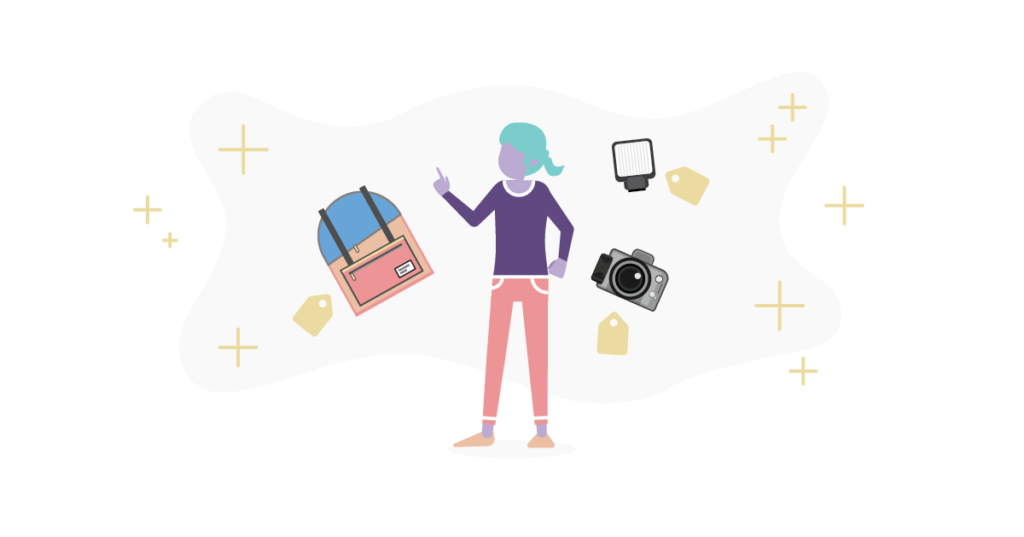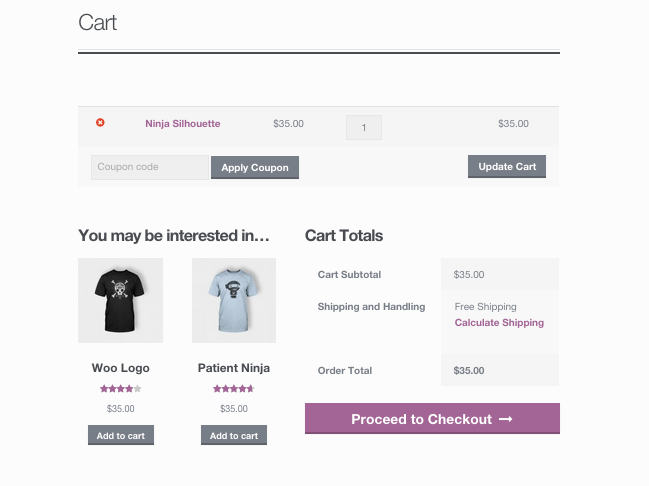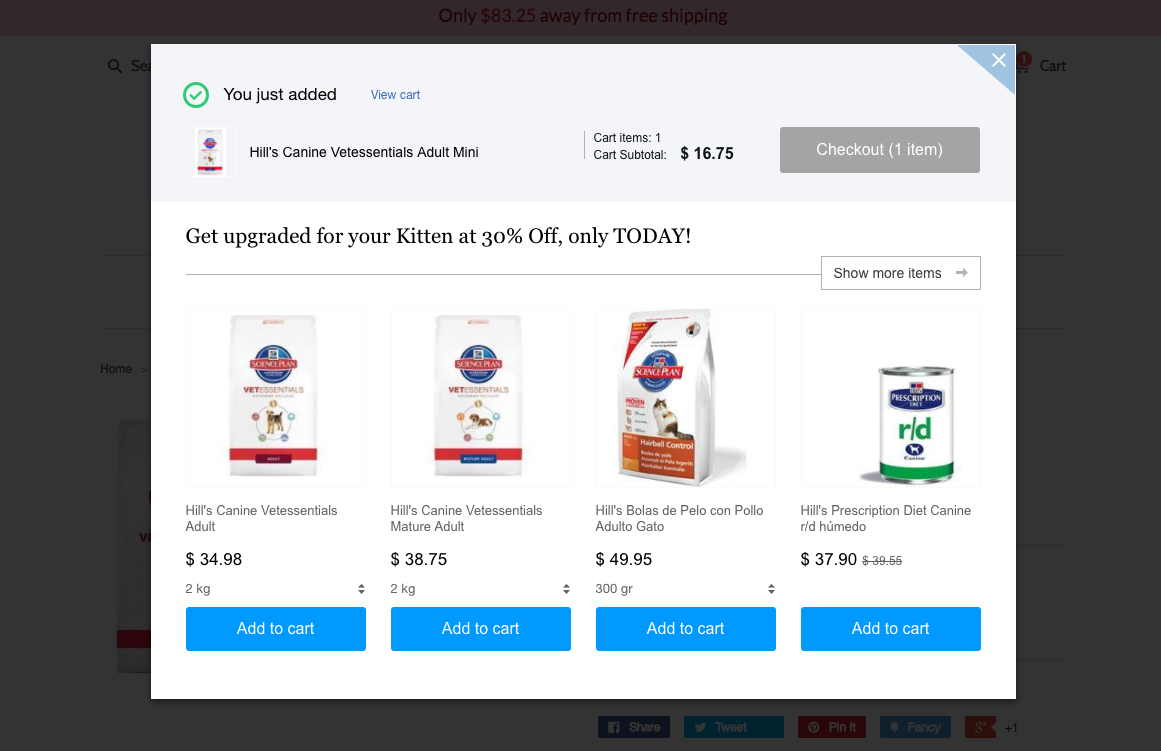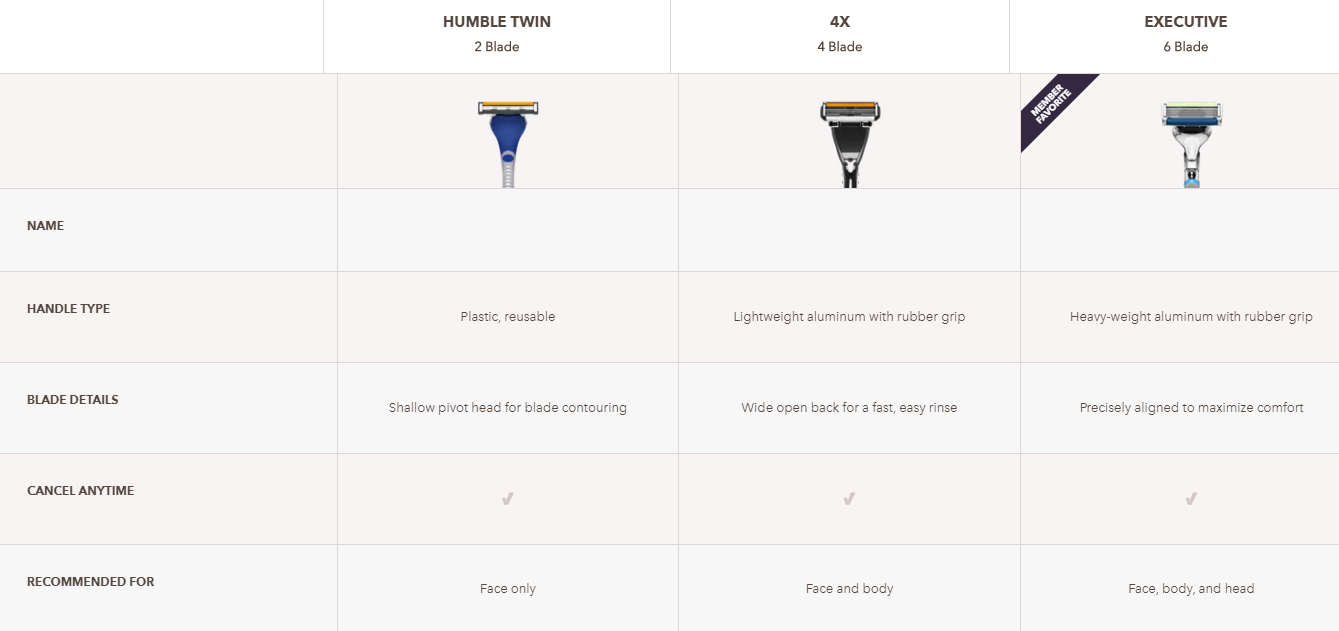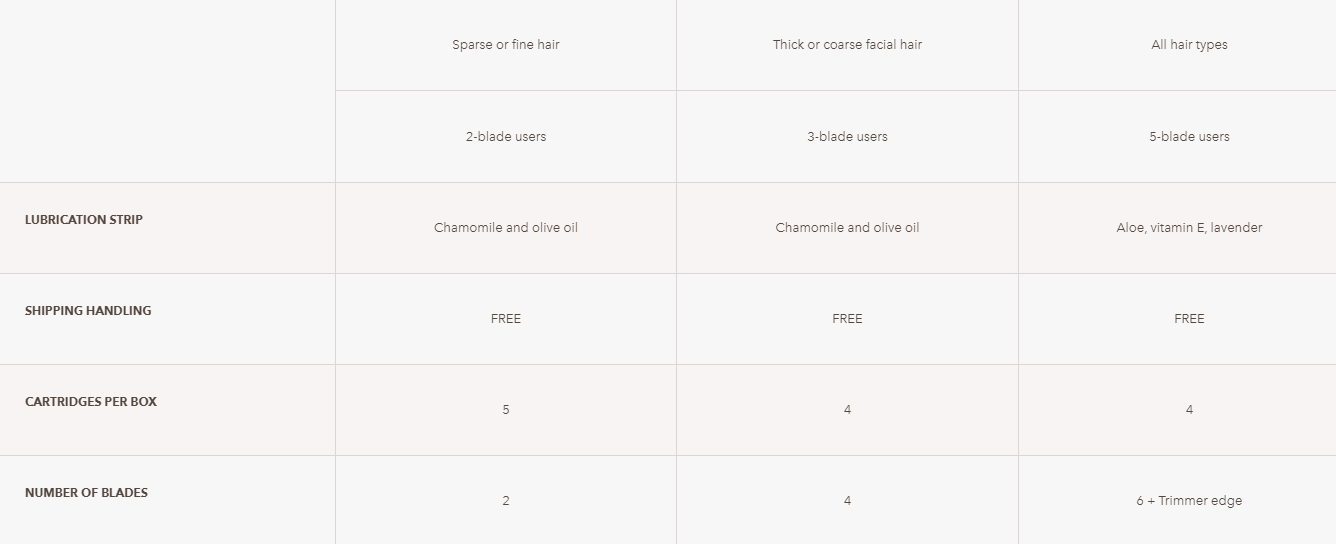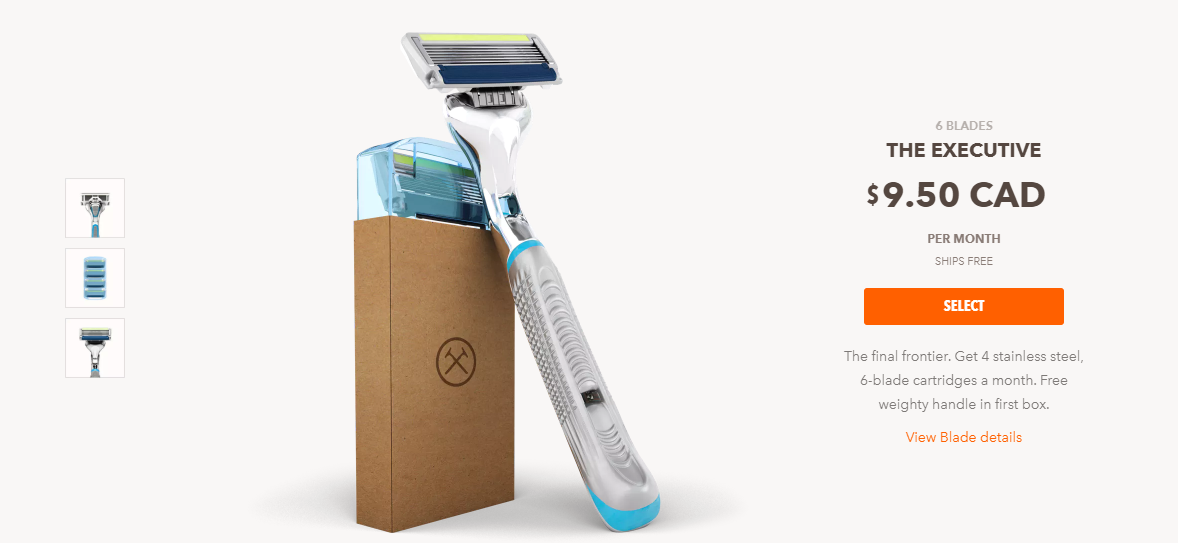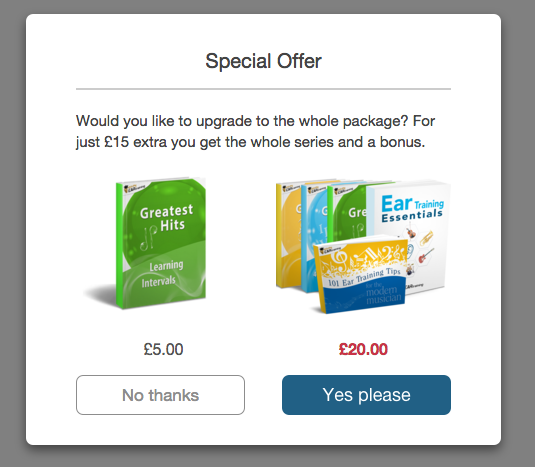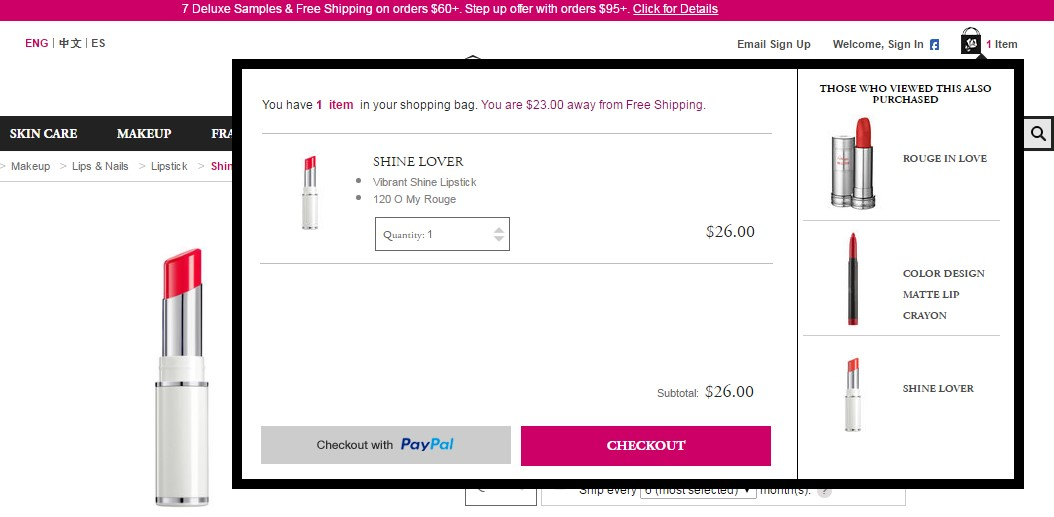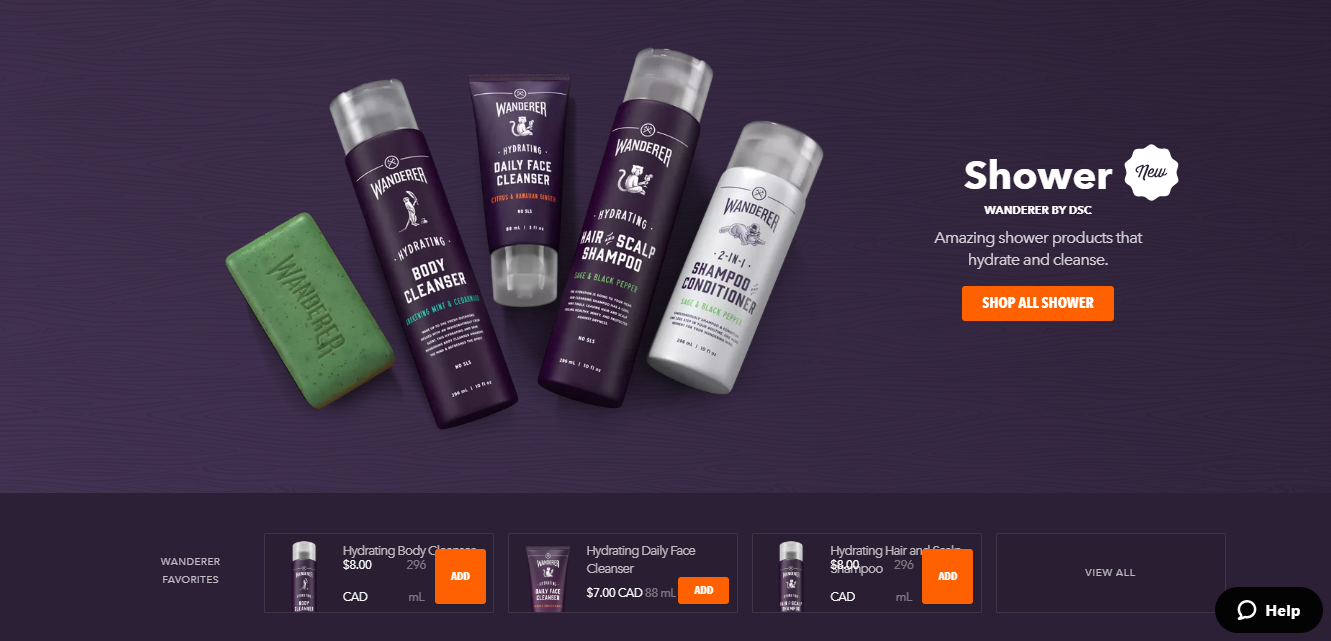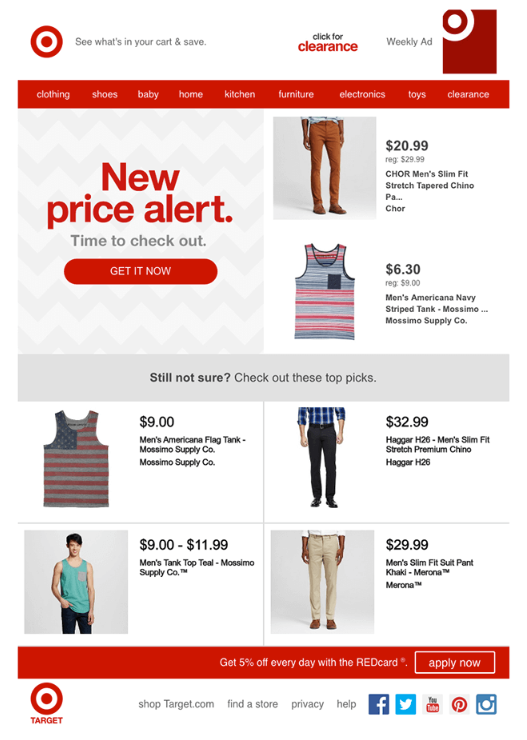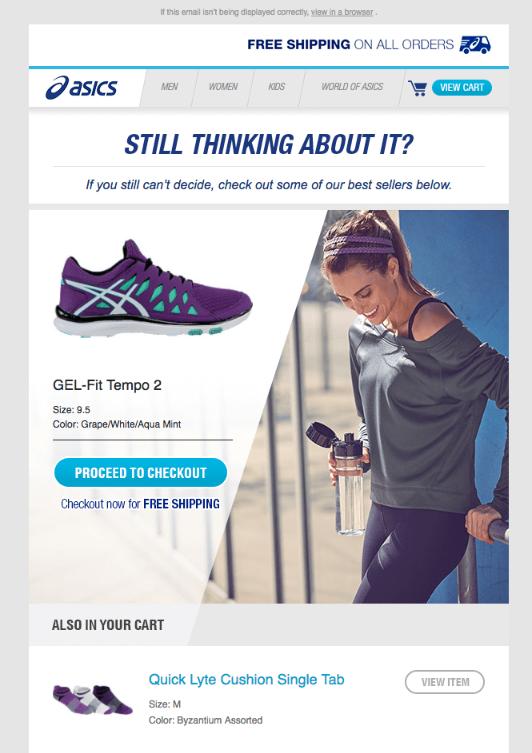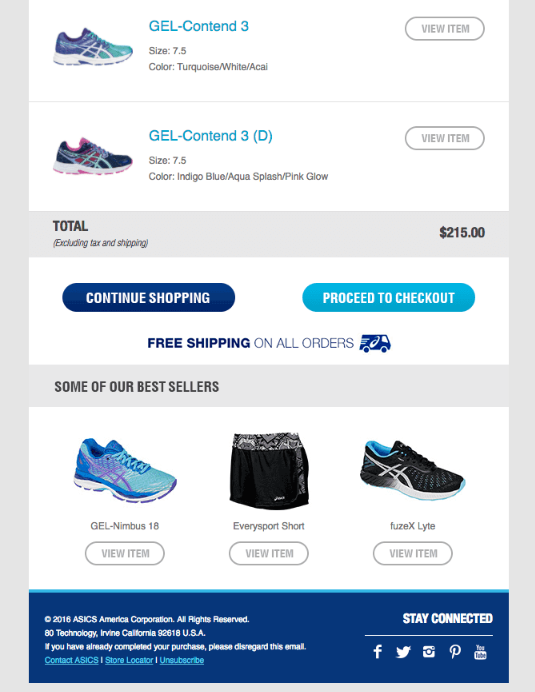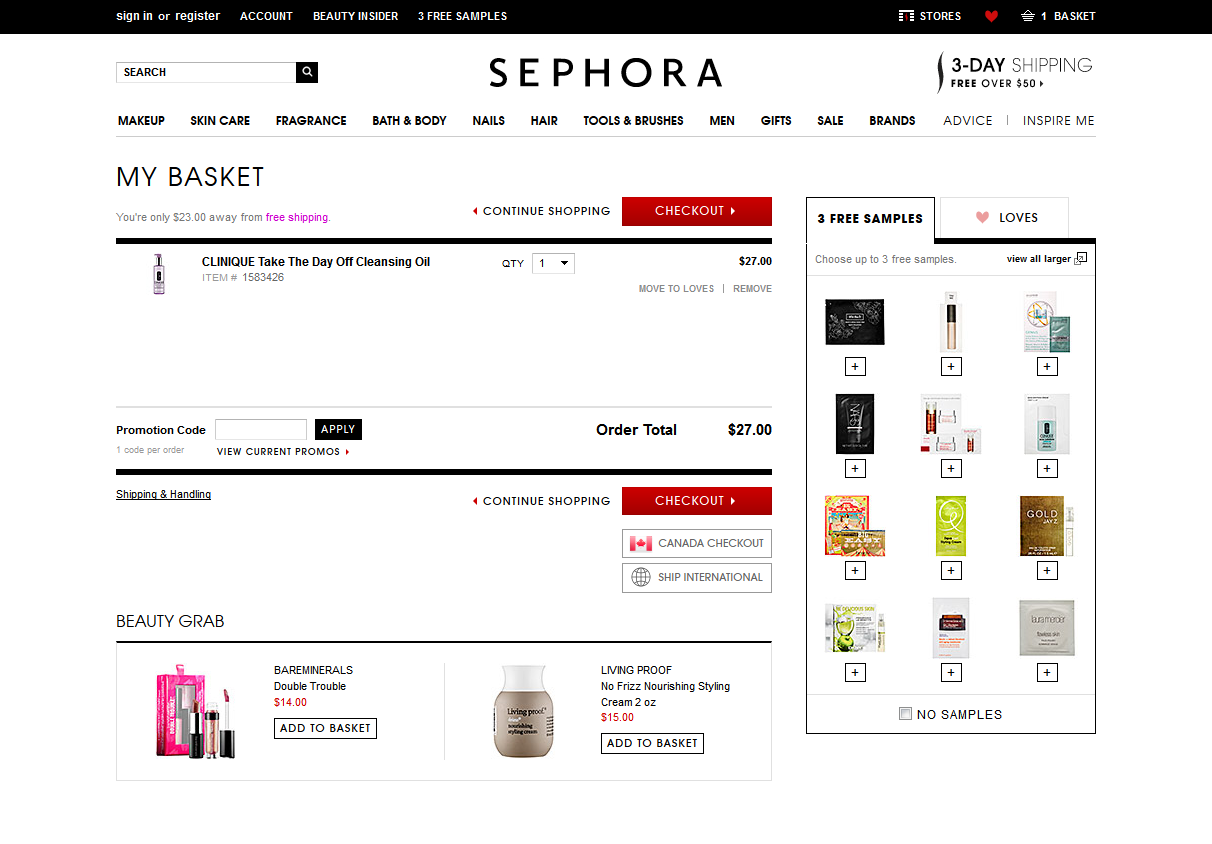As an e-commerce seller, you’re in business to grow your customer base and increase sales. To do this, you have to reach as many people as possible by way of advertising, promotions, and offers.
These are all effective ways to grow your business but another worthwhile option is figuring out how to upsell your customers. Upselling is a sales strategy used to convince customers to buy more products — usually at a higher price point. Sellers that understand how to use upsells so that customers gladly increase their cart value are well on their way to increasing conversions and sales.
While large e-commerce sellers like Amazon dominate upselling, smaller e-commerce sellers have been slow to adopt these strategies. With so few small sellers taking advantage of upselling, there’s a huge amount of opportunity for you to learn how to use this strategy so that you grow faster than your competition.
To help you increase your sales, here are nine ways to get customers to buy more — without compromising their experience.
Strategically grow your business with upsells
Before we get into how to upsell, let’s first look at why you need an upsell strategy in the first place — especially as a small retailer. Unlike other sales strategies that take place early in the customer journey — like running Facebook ads to get people to your website — many upsells happen closer to the end of the journey when customers are either ready to buy something or have already bought something.
At this point, customers know enough about you and your products to continue on to your checkout page. At this point, customers feel comfortable and are open to indulging in a little impulse buying. In fact, some sellers see a 10% increase in conversion rate when they save upsell until the end.
So instead of creating a checkout sequence that only captures payment information, use your checkout process to introduce an upsell:
[Source]
Upsells account for 70-95% of sales and renewals for retailers that offer them and are 68% more affordable than onboarding new customers. Think about it. By simply asking a customer to increase their cart value, your sales increase and you save money that would have otherwise been spent on customer acquisition tactics. Upsells are an easy win for you.
Keep in mind that, even though upsell is used as a broad term to increase sales, there are actually four ways to ask customers to buy more. They are:
- Upsell. Invite customers to buy the same product they’ve selected but give them the option to access more features at a higher price. For example, if you sell fitness trackers online, let customers know they can also buy models with a pedometer and calorie tracker vs. the basic model that only tracks heart rate.
- Cross-sell. Amazon does a good job with this because it suggests products customers can buy in addition to their original purchase. For example, if a customer wants to buy a dash cam for their car, Amazon also shows different mounting kits they’ll need.
- Add-on. With this option, you sell an additional product that offers customers even more value. For example, you can sell warranties to go with electronic products.
- Bundle. This is when you group together more than one product to create a new bundle. For example, a wellness brand might sell ten essential oils bundled in addition to selling them individually.
We’ll look at examples of each of these shortly. Since your customers are different from your competitors’ customers — they have slightly different pain points and preferences — what works for one retailer won’t work as well for you. Depending on the types of products you sell, experiment with each of the approaches above until there’s a notable increase to sales. What’s also great about upsells is they’re 100% customizable. If you see a specific customer need or trend, use it to create an upsell opportunity.
Now that we’re clear on why upsells are such a powerful sales tool, let’s look at examples of how to upsell customers as part of your sales strategy.
1. Offer a special reward to ease the decision-making process
It’s one thing to show your customers cool new products on your site but it’s another for these same customers to actually follow-through and buy something. They’ve already spent time deciding on which products they want to buy, so they might need an incentive to nudge them towards an impulse buy.
If you use the checkout screen to share your upsell opportunity, customers have already entered in their payment information so they’re in buying mode. You’ve convinced them to make an initial purchase but to get them to spend a little more, share a special offer.
An upsell offer, combined with products your customers are already receptive to, makes the buying decision easier. This is because customers are getting what they want and they already trust your brand. A special offer also increases your chances of boosting sales.
For example, if their cart value is $50 and there’s an option to save an extra 10% by upgrading to a larger product, customers might be more willing to spend a little more to get it.
Here’s an example:
[Source]
You’ll notice that the item in the cart is $16.75, but the customer has the option to buy a bigger bag of cat food that costs more but comes with a 30% discount. This approach works because, even with the discount, the customer still spends more than they would have. If the customer chooses the most expensive option, they save almost $15 but you make an additional $18 in sales. The discount acts as an incentive to encourage the customer to make a quick decision and buy the bigger bag.
2. Use product comparisons to trigger a sale
The majority of customers browsing your product pages are doing research. They’re researching product features, price, and availability. To make this process easier for your customers, show them more than one product at a time.
You see this approach a lot on software-as-a-service (SaaS) product pricing pages where they compare different service packages. However, this approach is also an effective way to place an upsell opportunity early on in the customer journey. By placing more than one option of the same product on one page, customers can make their decision quicker — instead of clicking between multiple pages or tabs.
Use comparisons depending on the types of products you sell. Similar products that have different features that customers use to make their buying decisions benefit from comparisons. For example, Dollar Shave Club gives customers the option to compare its three blades against each other based on factors like handle type, number of blades, and usage:
By basing this comparison on features, Dollar Shave Club makes it possible for customers to buy exactly what they’re looking for, even if it costs more.
Dollar Shave Club’s product page for razors lists the monthly subscription price for each blade option and includes a call-to-action (CTA) for customers to click and buy after they’ve compared products:
3. Include choices based on customer preference
As you get to know your customers better — you figure out what they search for and what they buy — you can offer upsell products that match their interests. For example, if a large segment of customers routinely searches your home furnishings product pages, use a cross-sell or add-on to introduce them to additional products that are relevant and match their search and purchase patterns.
For example:
- For a cross-sell, show customers artwork to go with the new furniture they’re buying. If they’re updating a room in their home, this cross-sell gives them an opportunity to get their furnishing needs met in one place.
- For an add-on, show customers special cleaning kits for different types of upholstery.
Bundles are also a handy way to showcase products to match customer preferences. By showing customers lots of choices to add to their cart, there’s a chance it gets harder for them to decide which product to add on. In this case, offer bundles of products that are higher priced but make it possible for customers to get everything they want.
[Source]
In this example, instead of settling on just one product, customers can get an entire set.
4. Show product suggestions to help with the search
You might have noticed that more e-commerce sites show product suggestions. Based on what customers search for, they’re shown similar products. These are categorized as ‘Product Suggestions’ or ‘Customers also searched for’ and the goal is to get customers to spend a little more.
For customers browsing eBay, they’ll notice a section called ‘Similar sponsored items’ at the bottom of product pages:
These products aren’t just more expensive, they also have more features and accessories. What’s also great about this layout is the writing in red that tells customers the inventory status. As a small business, you can also do this to give your customers a sense of urgency. This will drive them to make a quick buying decision vs. waiting and maybe coming back later.
Tools like WooCommerce and Bigcommerce let you decide how you’ll display your inventory so you can manage your sales.
5. Offer free shipping based on minimum purchase amount
Of all the perks customers say they prefer, free shipping ranks at the top of the list. The National Retail Federation (NRF) recently shared the results of a study that showed that 75% of customers in the U.S. expect free shipping. As a small seller, it might be harder to offer free shipping but you can meet customers halfway by requiring a minimum purchase amount.
As this article from Crazyegg points out, “Free shipping works only if the buyer is in the right phase of the buy cycle.” This typically happens near the end of the cycle at the purchase stage. Since most upsells happen at this point, offering free shipping here increases the chances of customers buying something more to take advantage of free shipping.
Since customers are ready to buy when they get to the checkout screen, show them how much more they need to add to their cart to qualify for free shipping. This acts as an incentive for them to look at products at specific price points to meet the minimum — these products might even be products they wouldn’t have bought otherwise.
[Source]
Remember, customers are put off by unexpected shipping costs when they get to checkout — they’ll abandon their cart and possibly never come back. Make sure to add reminders about how to get free shipping on your homepage, your product pages, and the checkout page.
6. Use add-ons to add value to purchases
If customers have already done their research and they know what they want to buy, an upsell might not sway them to spend more. What might do the trick, though, are add-ons. Remember, this type of upsell is meant to add value to the product customers are already willing to buy.
Depending on the types of products you sell online, adds-on can include additional features, sample size products, or bonus products.
As a way to introduce a new product line called Wanderer Favorites, Dollar Shave Club includes add-ons to their product page:
In addition to buying razor blades, customers also have the option to add shower products to their order for as little as $6.
Notice, these add-ons are offered before customers get to the checkout screen. This approach works because, as customers explore your site, they get a chance to naturally discover new products and learn about them before adding them to their cart.
7. Send a follow-up email with an incentive
Just because a customer didn’t buy something extra at checkout doesn’t mean you’ve lost a chance to upsell them. You can send an email afterward to revisit the offer you shared at checkout. Send an email that includes a limited time offer for customers who bought something recently and might be interested in a sale you’re running. Or like this email Target sent to its email subscribers, use social proof and share top picks to get customers to come back and search your product pages again.
You can also use these follow-up emails as part of an abandoned cart campaign. You can share the products already in the cart in the hopes that customers will buy them and add in a product recommendation that’s also an upsell. Like this example from ASICS, include an incentive like free shipping to get customers to take action.
A tool like Mailchimp makes it easy even for small businesses to segment their customers and create simple email campaigns to encourage customers to head back to your store.
8. Use a referral program to encourage sales
Referrals are a powerful marketing strategy because they cut down the cost of new customer acquisition. Instead of running ads all the time, a referral program with relevant rewards does a good job of getting new and current customers to buy. Your customers and their referrals get some kind of reward that resonates with them.
Since the majority of customers are willing to share a referral — 83% of customers are willing to share a referral after a positive experience — ask them for one during the checkout process. This way when they send the referral offer to their contacts, current customers qualify to use their extra money or points for a future purchase.
There are tools like Extole and ReferralCandy that make it easy for e-commerce sellers, regardless of size, to manage referral programs. For example, if you use Shopify to manage your store, ReferralCandy can integrate with your store so that you can proactively ask customers for referrals. Even though the majority of your customers are willing to refer their friends and family, only 29% actually do. Use an app to keep referrals at the top of customers’ minds when they get to the checkout page.
9. Create a membership club
Studies show that customers who are part of a loyalty program spend 67% more than customers who aren’t. Add in the fact that loyal customers have a higher lifetime value than other customers and you can see why loyalty programs are so important.
At checkout, ask repeat customers to join your loyalty program. Upsell them by offering a free gift when they make minimum purchases. For example, when a customer joins, if they spend $200 or more going forward, they receive a free gift every time. This way, these customers are always looking for more products to buy so that they meet the purchase minimum and get a little something extra.
You can even give customers choices of which free gifts they can choose from since this increases the chances of them seeing something they like and taking you up on your offer.
An example of an e-commerce retailer using this approach is Sephora. When users sign up as preferred customers, every month they have the option to receive a free gift — like makeup — when they spend a certain amount of money:
[Source]
To keep customers coming back to take advantage of the offer, change the free gifts you offer so there are more chances for customers to find something new to try.
Experimentation determines how you upsell your customers
Now you know how to upsell your customers to give them a positive experience and grow your business. Even if you’re a small retailer, you can try any of these options to increase sales.
Upsells are the perfect opportunity to experiment based on your customer needs and expectations. Consider segmenting customers based on the types of products they buy and test how different segments respond to your upsell strategies. Based on the options that result in high sales, introduce them to a wider customer base to continue to grow your business.
